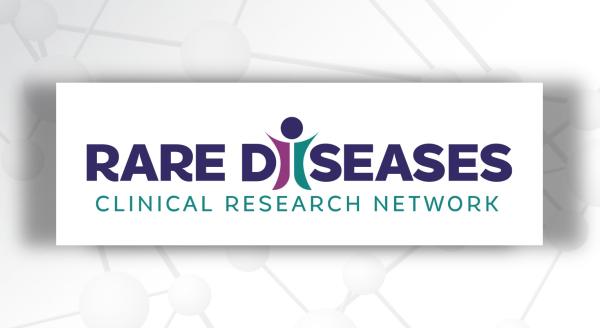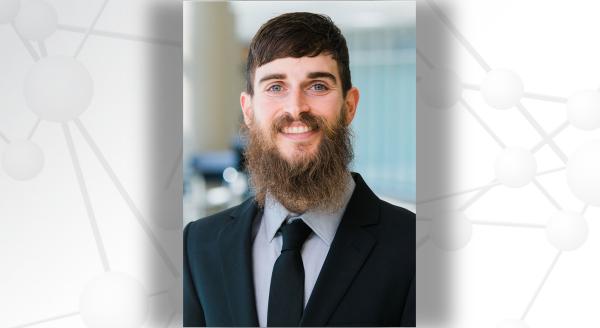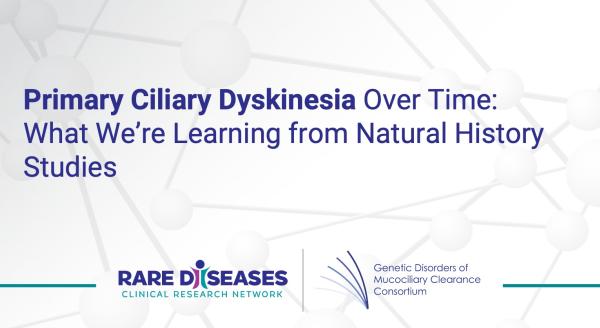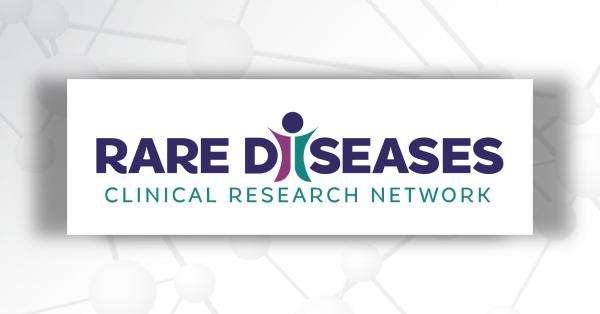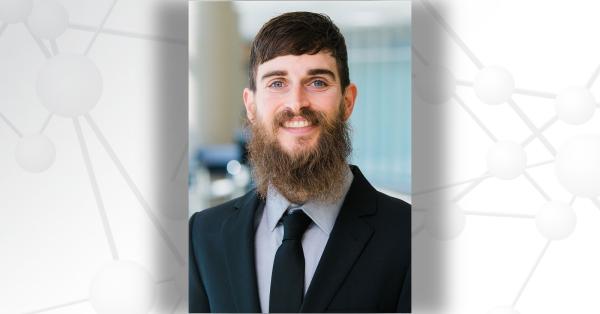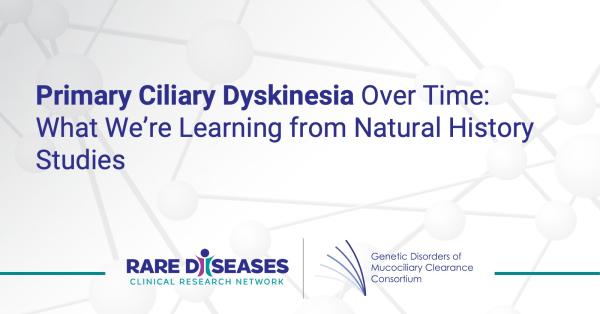Corey McMillan, PhD, is an associate professor of neurology at the University of Pennsylvania and principal investigator of the Penn Bioinformatics in Neurodegenerative Disease (BiND) Lab. He is also a member of the Clinical Research in ALS and Related Disorders for Therapeutic Development (CReATe) Consortium. His research focuses on multimodal and bioinformatic approaches to improve our understanding of the biological basis of neurodegenerative conditions. Here, he shares his start in rare disease research, exciting discoveries, and future goals.
What inspired you to become a researcher in the rare disease space?
I started my career in cognitive neuroscience investigating the neurobiology of language processing in the brain. This attracted me to studying frontotemporal degeneration (FTD), a rare disease in which half of patients are characterized by a language impairment.
Early in my FTD research, the protein TDP-43 was identified by a collaborating lab—Drs. Virginia Lee and John Trojanowski—as the likely pathological source of FTD and amyotrophic lateral sclerosis (ALS). This discovery rapidly changed our understanding of the biology of FTD and ALS, giving us hope for treatments. I was therefore inspired to change my career trajectory to focus on the biology of FTD and ALS in an effort to contribute to finding new treatments for these disorders.
What has been your biggest “aha” moment as a scientist?
I strongly believe that science is a team sport and that important discoveries are rarely, if ever, attributable to an “aha” moment by an individual scientist. Indeed, I believe that many of the most significant discoveries in FTD and ALS—including TDP-43 and many of the associated genetic mutations—have been the result of large-scale collaborations involving multidisciplinary teams of neurologists, nurses, geneticists, bioinformaticians, engineers, psychologists, neuropathologists, and more.
So, I think my biggest “aha” moment in science was not a discovery per se, but rather the critical importance of teamwork. These collaborative aspects of science are what excite me most about my research that tries to integrate these many disciplines together.
Can you tell us about a recent discovery and what it means for patients and physicians?
It is increasingly accepted that ALS and FTD constitute a spectrum of disorders. We recently identified that approximately 15% of individuals with ALS have cognitive impairment using normative data developed in collaboration with CReATe investigators and others. However, little is known about why some individuals with ALS have risk for cognitive impairment.
My lab, in collaboration with the CReATe Consortium, recently leveraged a large source of genomic and clinical data collected through the CReATe Phenotype, Genotype & Biomarkers (PGB) study to identify polygenic contributions to risk of cognitive impairment in ALS. This suggests that there may be some biological drivers—in this case, a collection of about 20 common genetic variants—that contribute to the heterogeneity of clinical symptoms in ALS.
While still too early to have direct impact for patients and physicians, this research establishes a proof-of-concept framework for unraveling the complexities of ALS. This may be useful to support precision medicine approaches that involve stratification of individuals with ALS for future treatment trials, as well as identification of novel therapeutic strategies.
Can you tell us about CReATe, how it came together, and what role it has played in your work?
The CReATe Consortium was established in 2014 to bring together a multidisciplinary group of clinicians, scientists, educators, patient advocacy groups, and other strategic partners in order to advance therapeutic development for patients with ALS and related disorders. This thoughtful perspective of integrating such a wide range of consortium members is a unique resource for our community. I believe we all benefit by the integration of each other’s unique perspectives that range from patient and caregiver advocacy/outreach to basic laboratory discoveries.
While my research was strongly rooted in the FTD community, Dr. Michael Benatar invited me to join the consortium in 2017, which propelled my career focus on the FTD and ALS spectrum. The data and biospecimens collected in CReATe provide a very unique resource for my research that involves the integration of genomics, biofluids, and clinical datasets.
The CReATe Consortium has additionally supported the career development of several of my past and current trainees, including Drs. Pilar Ferraro and Saurabh Sihag (who have been awarded “CReATe Scholars” fellowships to pursue ALS research) and Dr. Katerina Placek (who used CReATe PGB data in her PhD dissertation research).
What do you see ahead for CReATe and your rare disease research?
I believe it is now accepted that rare disease research is unlikely to be successful in independent labs, and that collaboration across consortia like CReATe is essential to accelerate discoveries in ALS. The many individuals with ALS and related disorders who have kindly donated their time and biospecimens to CReATe have generously supported the development of this unique platform for discovery.
While the preceding years of the CReATe Consortium have focused resources on data collection, we are now approaching our enrollment goals so that we can begin to shift our focus to data analysis of these rich resources. It is my hope that through analysis of CReATe data, we can further improve our understanding of disease heterogeneity and develop better biomarkers that improve earlier diagnosis and better prognosis of individuals with ALS and related disorders.
The Clinical Research in ALS and Related Disorders for Therapeutic Development (CReATe) Consortium is part of the Rare Diseases Clinical Research Network (RDCRN), which is funded by the National Institutes of Health (NIH) and led by the National Center for Advancing Translational Sciences (NCATS) through its Division of Rare Diseases Research Innovation (DRDRI). CReATe is funded under grant number U54NS092091 as a collaboration between NCATS and the National Institute of Neurological Disorders and Stroke (NINDS).


